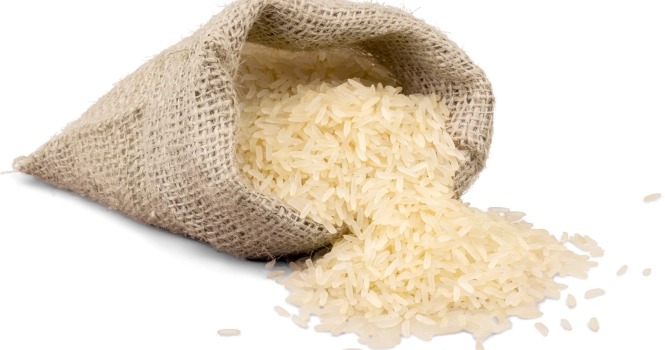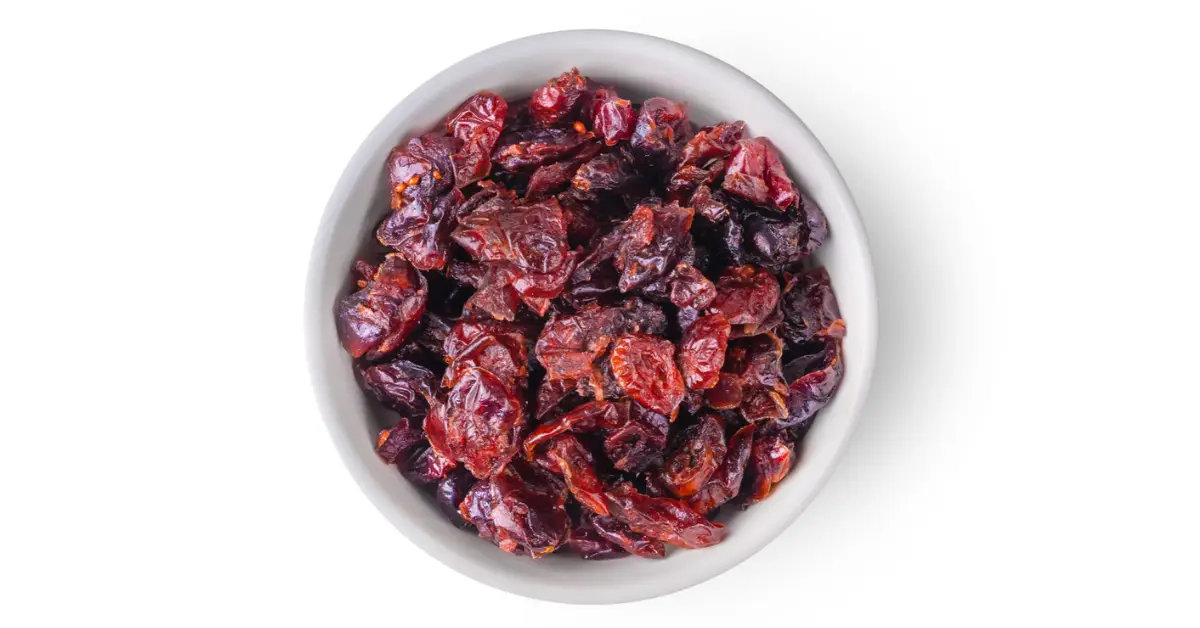Assessing the Impact of Mayonnaise on Fatty Liver Health

When considering dietary choices for managing fatty liver disease, it’s essential to understand the nutritional content of foods and their impact on liver health.
Fatty liver disease, including non-alcoholic fatty liver disease (NAFLD) and non-alcoholic steatohepatitis (NASH), involves the accumulation of excess fat in liver cells, which can lead to inflammation, scarring, and potentially liver failure if not managed properly.
Diet plays a crucial role in managing and potentially reversing fatty liver disease.
Nutritional Profile of Mayonnaise
Mayonnaise is a condiment typically made from oil, egg yolks, and an acid (such as vinegar or lemon juice). While it can add flavor to various dishes, its nutritional profile makes it a food item to be cautious about, especially for individuals managing fatty liver disease:
- High in Calories: Mayonnaise is calorie-dense, with a high fat content, contributing to unnecessary calorie intake if used in large amounts.
- Fat Content: The type of fat in mayonnaise can vary depending on the oil used. Many commercial mayonnaises are made with oils high in saturated fats or omega-6 fatty acids, which, when consumed in excess, can contribute to inflammation and worsen liver health.
- Low in Beneficial Nutrients: Mayonnaise generally lacks significant amounts of beneficial nutrients such as fiber, vitamins, and minerals, which are essential for overall health and especially for managing liver conditions.
Impact of Mayonnaise on Fatty Liver Disease
Consuming high-fat, high-calorie foods like mayonnaise in large quantities can contribute to weight gain and obesity, which are significant risk factors for developing fatty liver disease.
For those already diagnosed with fatty liver disease, such dietary choices can exacerbate the condition. The key to managing fatty liver disease through diet includes:
1. Reducing Saturated Fats: Limiting foods high in saturated fats is recommended to prevent further liver fat accumulation.
2. Balancing Omega-6 to Omega-3 Ratios: A diet high in omega-6 fatty acids and low in omega-3 fatty acids can contribute to inflammation. Opting for mayonnaise made with oils that have a better omega-6 to omega-3 ratio, such as olive oil-based mayonnaise, might be a slightly better option but should still be used sparingly.
3. Weight Management: Maintaining a healthy weight through a balanced diet and regular physical activity is crucial in managing fatty liver disease.
Healthier Alternatives
For those looking to enjoy the creamy texture and flavor of mayonnaise without the negative impacts on liver health, consider the following alternatives:
- Avocado: Mashed avocado can provide a creamy texture and healthy fats to sandwiches and salads.
- Greek Yogurt: Plain Greek yogurt can be a healthier substitute for mayonnaise in many recipes, offering a creamy texture with added protein and lower fat content.
- Hummus: This chickpea-based spread can be a flavorful and nutritious alternative to mayonnaise.
While mayonnaise can be enjoyed in small amounts as part of a balanced diet, it is not particularly beneficial for individuals with fatty liver disease due to its high calorie and fat content.
It’s advisable to use mayonnaise sparingly and to opt for healthier alternatives that support liver health and overall wellness.
As always, personalized dietary recommendations from healthcare professionals are crucial for managing health conditions like fatty liver disease effectively.











